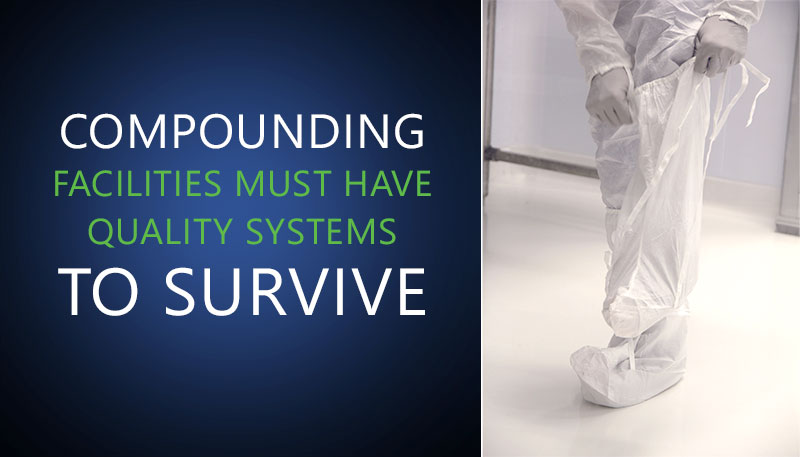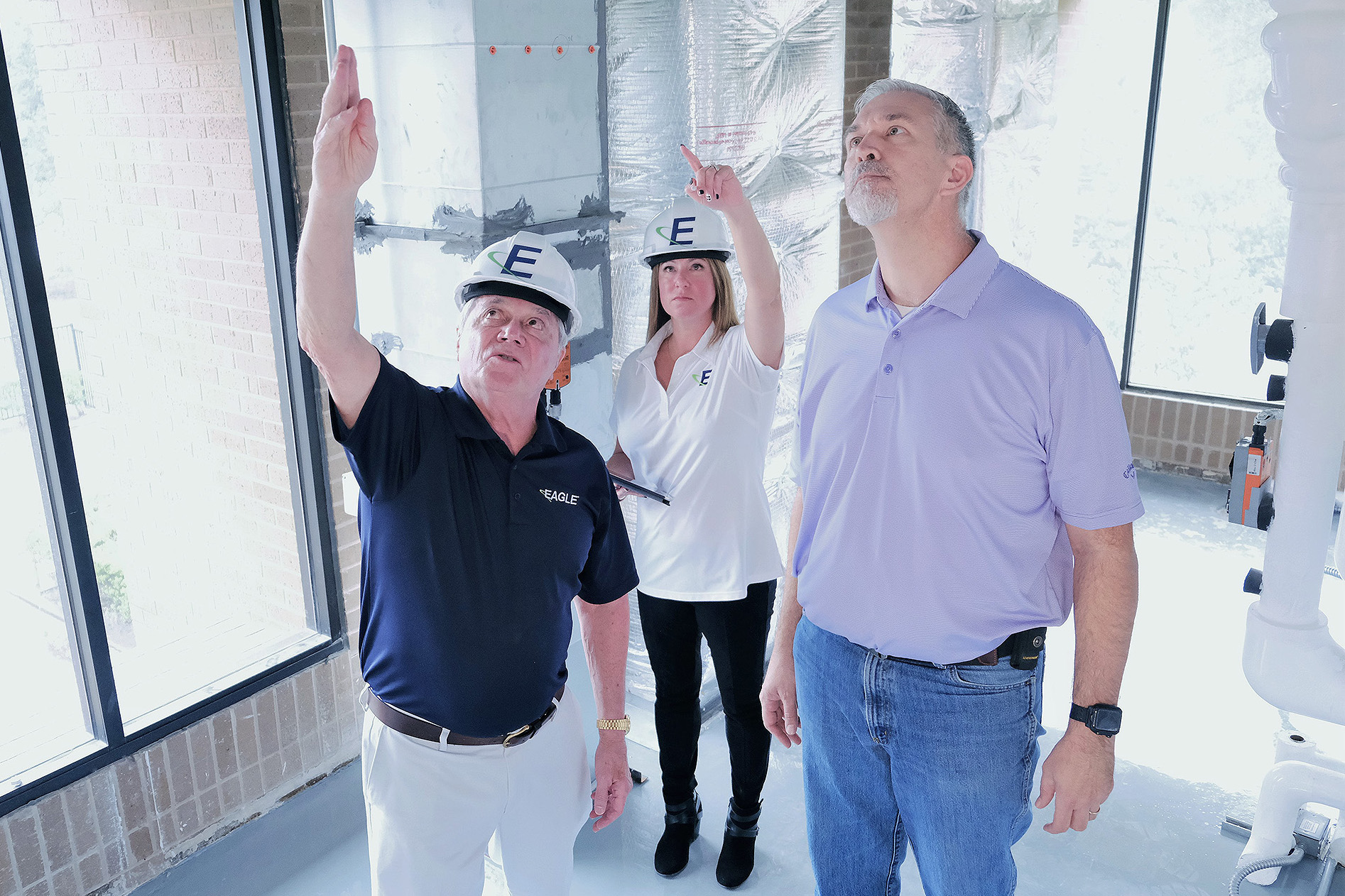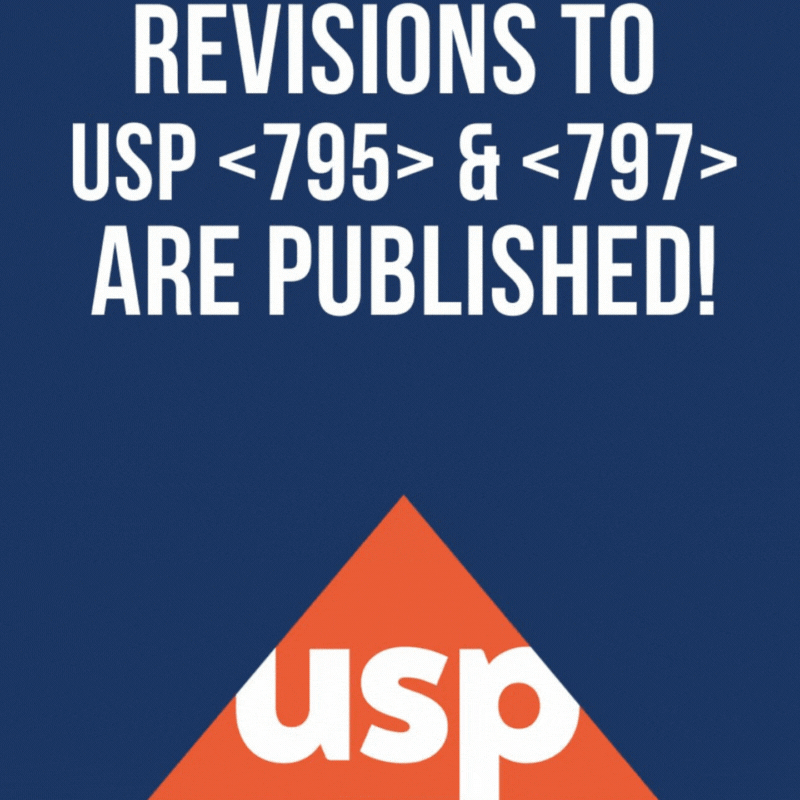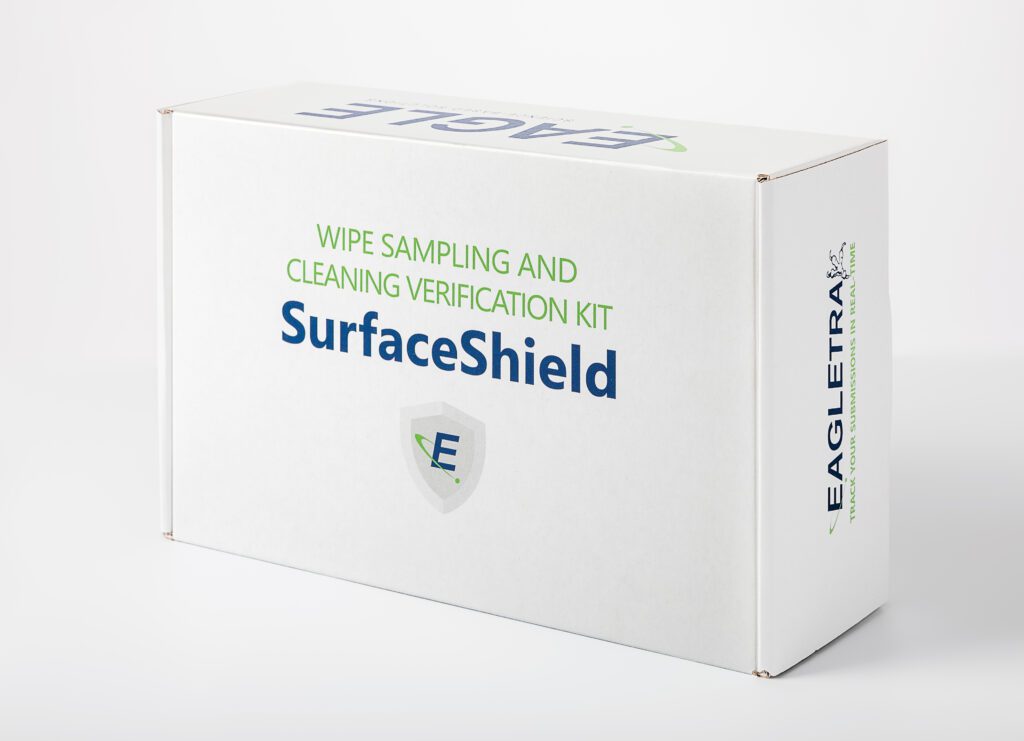
Testing Alone is not Enough
A common misconception is the belief that finished product testing is sufficient to demonstrate quality. However, facilities that perform routine tests on their products can still face unfavorable inspection outcomes. Regulatory agents are examining with scrutiny the processes, methods, and environments under which sterile and non-sterile compounds are produced. Therefore, implementing Quality Systems must now be a priority for operations producing both sterile and non-sterile compounds.
Thank you for reading this post, don't forget to subscribe!Increased Monitoring of Compounding Facilities
The requirements and expectations that now exist in the world of compounding can be hard to demystify. Increased regulatory oversight has resulted in compounding operations returning to the drawing board in order to ensure their facilities are operating in line with regulations. Among the guidelines prescribed in USP Chapters <797> and <795> are requirements for maintaining quality systems in order to ensure consistency and quality of compounded preparations.
Being Able to Prove Products are Safe
Quality Systems are formal documented processes, procedures, and responsibilities that an organization implements to ensure consistent and acceptable results. A well-defined and well-implemented Quality Management System will allow a compounding facility to demonstrate with evidence that appropriate procedures are in place to ensure the safety and efficacy of the medications they produce.
This evidence is not only crucial when faced with regulatory inspections such as FDA investigations, but these systems also influence employee work-ethic and develop the consistency that benefits patients.
QA & QC – The Keys to Survival for Compounding Operations
Proper Quality Assurance (QA) and Quality Control (QC) programs are what will enable compounding operations to survive beyond 2019.
| Quality Assurance in ordinary terms refers to “how you do what you do.” Examples of QA as it pertains to a compounding facility include: well-defined SOPs, training and qualification of staff, and detailed compounding records. Having defined procedures for donning garb, using compounding equipment, and cleaning compounding areas are all part of a Quality Assurance program. | Quality Control refers to the planned checks that you do to confirm that your QA activities are being done correctly and are working. This includes internal audits and investigations, testing of compounded preparations, and performing calibrations, certifications, and qualifications of equipment and classified areas. USP <797>, <795> & <800>require that every facility has a designated person responsible for overseeing and documenting these activities |
How Do I Develop a QA and QC Program?
(or) How Can I know if My Quality Systems are Correct?
Compounders should now, more than ever, proactively seek practical, scientific guidance on how to implement the systems that will prevent insanitary conditions. Doing this will help safeguard compounding operations from facing regulatory consequences, and more importantly, help ensure the safety of their compounded preparations.
Get Help From Eagle's Expert Consultants
Eagle consultants are helping compounding facilities implement successful Quality programs. Our team has over 200 years of combined experience in the FDA-regulated pharmaceutical industry and can provide guidance in establishing the systems and processes that will help your facility meet and exceed regulatory expectations.
- Eagle New Year Party & Eagle Employee Of The Year Award Ceremony, 01/13 - March 11, 2024
- HRT Functional Medicine Symposium, 02/15 – 02/17 - March 11, 2024
- APhA, 03/22 – 03/25 - March 11, 2024





